Discover the 10 most atmospheric, image-packed lost places on Urbexplorer.net. From deserted sanatoria to forgotten battlefields, uncover stories of abandonment, find detailed access tips, and fuel your next urban exploration adventure.
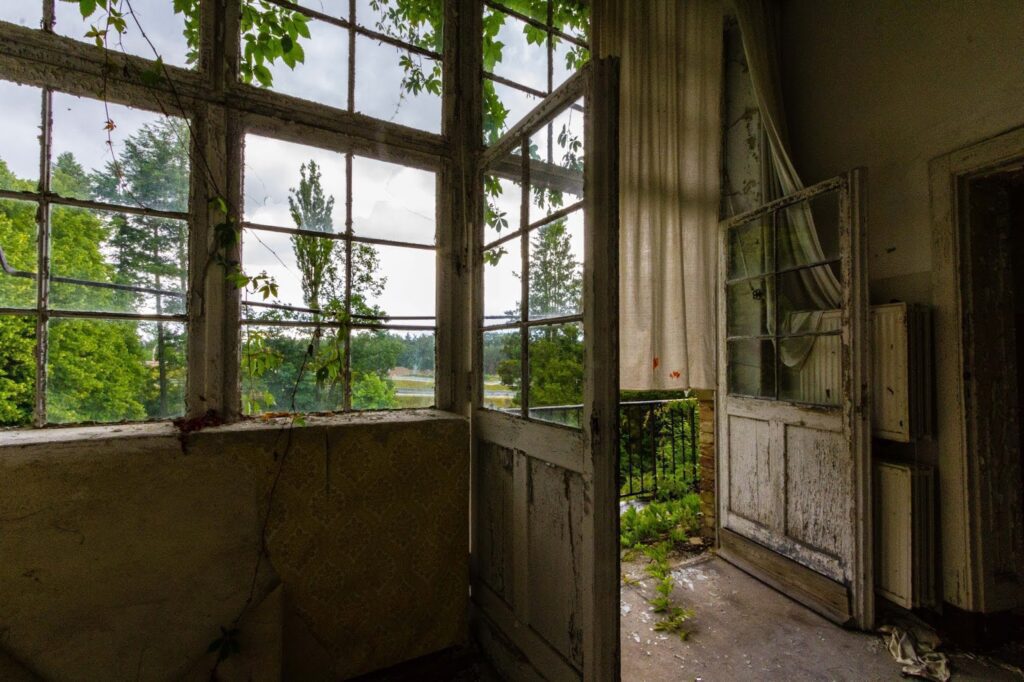
Experience the haunting beauty of Elisabeth Sanatorium, where history and nature entwine. Tucked in a remote valley, this former TB retreat and later dermatology clinic now stands silent, its deserted corridors inviting you to chart your own path of discovery.
Wander through airy hallways illuminated by fractured daylight and explore hidden alcoves where vines and wildflowers reclaim plaster walls. The atmosphere shifts with the seasons: misty mornings lend a dreamlike ambience, while golden twilight casts long shadows that deepen the sense of mystery.
Sturdy shoes and a spirit of respectful curiosity are required. Whether you seek photography gold or a poignant glimpse into medical history, Elisabeth Sanatorium promises an unforgettable adventure.

Established by the Martelli company in the late 19th century to mine silver before becoming one of Europe’s premier fluorite producers until its 1999 closure. Carved into the steep limestone slopes of Val Trompia, the mine’s labyrinthine tunnels and vast sorting halls stand as silent monuments to a bygone industrial era.
Enter through the main entrance where rusted conveyor belts once carried rich mineral veins, and navigate cavernous chambers that still retain the echoes of miners’ footsteps. Photographers will revel in the striking industrial geometry and the haunting interplay of light and shadow on corroded steel.
Sturdy boots, a reliable flashlight, and a sense of adventure are needed. Experience firsthand the scale and history of northern Italy’s mining heritage at Miniera Torgola.

Alex Cámara, the author of this listing, recommends setting aside about 1.5 hours to fully explore this Yucatán water park, abandoned just before the COVID-19 pandemic. The site preserves both structural elements—intact slides, rusted towers and ticket booths—and scattered operational documents, offering a rare glimpse into a leisure space frozen in time.
Venture from the reception area out onto concrete decks where tropical plants thread through cracks, then climb slide platforms (watch your step on algae-slicked surfaces) for panoramic views of the overgrown grounds.
Sturdy footwear and respect for fragile concrete will make your visit both safe and memorable.

Step into Essex’s historic State Cinema, which premiered in 1938 as one of Britain’s grandest Art Deco theaters before closing its doors in 1988. Today, the building stands in patinated splendor, its sweeping foyer and ornate ticket hall offering a tangible link to mid-20th-century film culture.
Traverse the silent stalls where audiences once flocked for silent films and talkies alike, and venture behind the screen into the projection room where vintage equipment still rests. As a Grade II* listed site on Historic England’s Risk Register, this cinema challenges explorers to capture fading glamour and consider how communal entertainment has transformed over the decades.
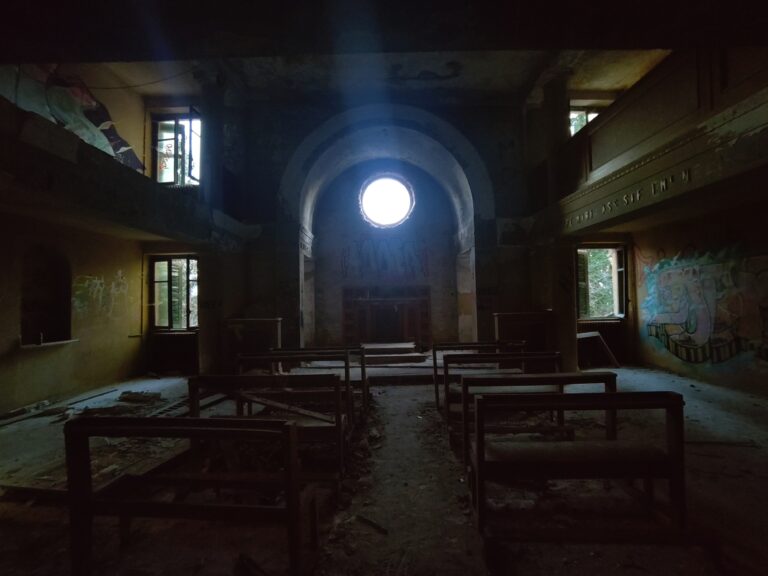
Perched high above the shores of Lake Maggiore, the Sacra Famiglia sanatorium opened in 1920 to treat patients under the care of the Camillian Order. After years of healing work, it later became a summer retreat for underprivileged children under the Red Cross banner. Today, its weathered dormitories and chapel—still marked by the faded red cross—offer a window into evolving approaches to care and compassion.
Stroll through the long corridors once filled with hopeful patients and pause in the chapel to imagine the prayers once offered beneath its vaulted ceiling. Outside, the panoramic lake vista stretches to the horizon, a reminder of renewal beyond these walls. Peeling paint, overgrown gardens and rusting medical fixtures, this site appeals to those drawn to stories of human endurance and the slow dialogue between architecture and nature.

Step onto the tarmac of Little Airport / Pilot School, where decades-old aviation equipment sits waiting. The hangars still shelter a Cessna 172 and a training helicopter, while adjacent classrooms are strewn with flight charts and logbooks—silent witnesses to countless training sessions.
Ascend to the control tower for a bird’s-eye view of faded runway markings and overgrown aprons, then explore the simulator rooms and cockpit mock‑ups to connect with the site’s instructional past. Bring sturdy footwear and a headlamp to navigate dim corridors and uneven floors safely.
For those fascinated by aviation history and urban decay, this pilot school offers a unique blend of both—every engine bay and classroom tells a story of flight dreams now frozen in time.

Step into Australian labor history at the Rothbury Coal Mine, where on December 16, 1929, striking miners and police clashed in one of the nation’s most infamous industrial disputes. The silent headframes and sprawling slag heaps now rise from regenerating bushland, offering a powerful backdrop for exploration and reflection.
Trace the old haul roads to the pit entrance and inspect corroded winches and rusting rails—each artifact a testament to the mine’s turbulent past and the resilience of its workers. Wear sturdy boots and stay alert on uneven terrain as you document this landmark of working-class heritage.
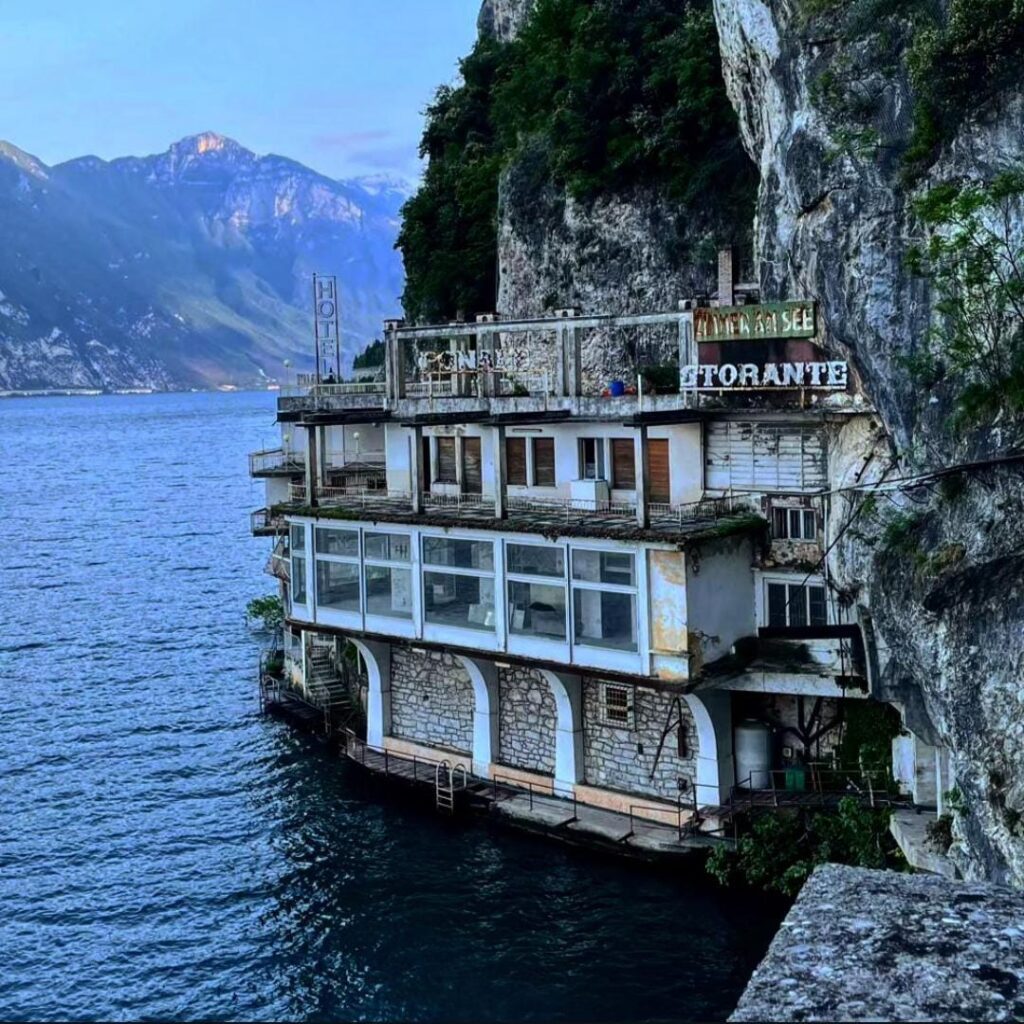
Accessible only by paddle or swim, Casa della Trota sits on the western shore of Lake Garda, its stone façade half‑submerged in the water it once drew upon. Originally a renowned restaurant famous for fresh local trout, the building now endures in silent decay.
Each gentle wave against cracking concrete reminds you that this is not just exploration, but an encounter with nature’s quiet reclamation. Bring a buoyant companion or flotation device for safe entry, and capture the surreal blend of lake and ruin through wide-angle shots or reflective close-ups. Casa della Trota offers a rare lakeside urbex adventure unlike any other.
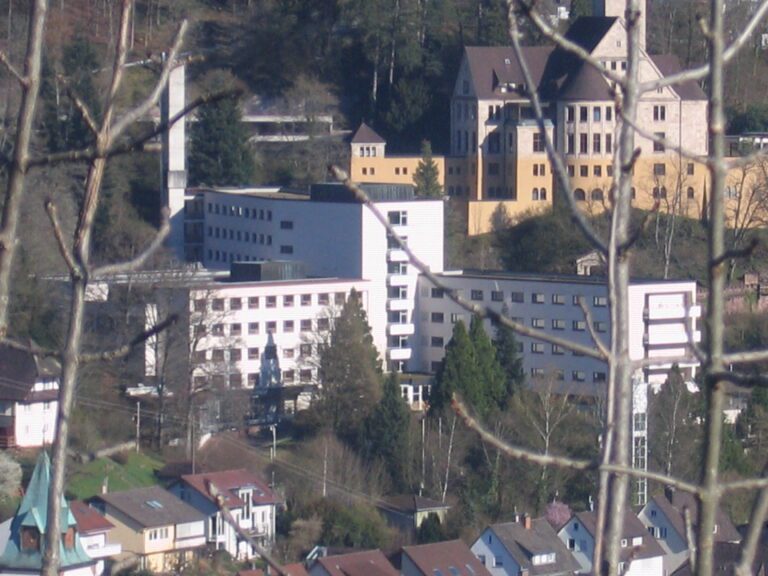
Discover Kreiskrankenhaus Schramberg, an eight‑storey regional hospital that closed in 2011 and now stands silent amid the Black Forest. Wander through its deserted wards, where the echoes of past treatments linger, and step into the chapel bathed in the glow of intact stained‑glass windows. Each floor offers a new chapter in the story of modern medicine—abandoned operating theaters, empty patient rooms, and hushed corridors await your exploration.
Climb to the rooftop for sweeping views of the surrounding woodland, and capture the striking contrast between clinical architecture and nature’s slow reclamation. Equip sturdy footwear and a reliable torch, then chart your own course through this atmospheric relic of healthcare history.
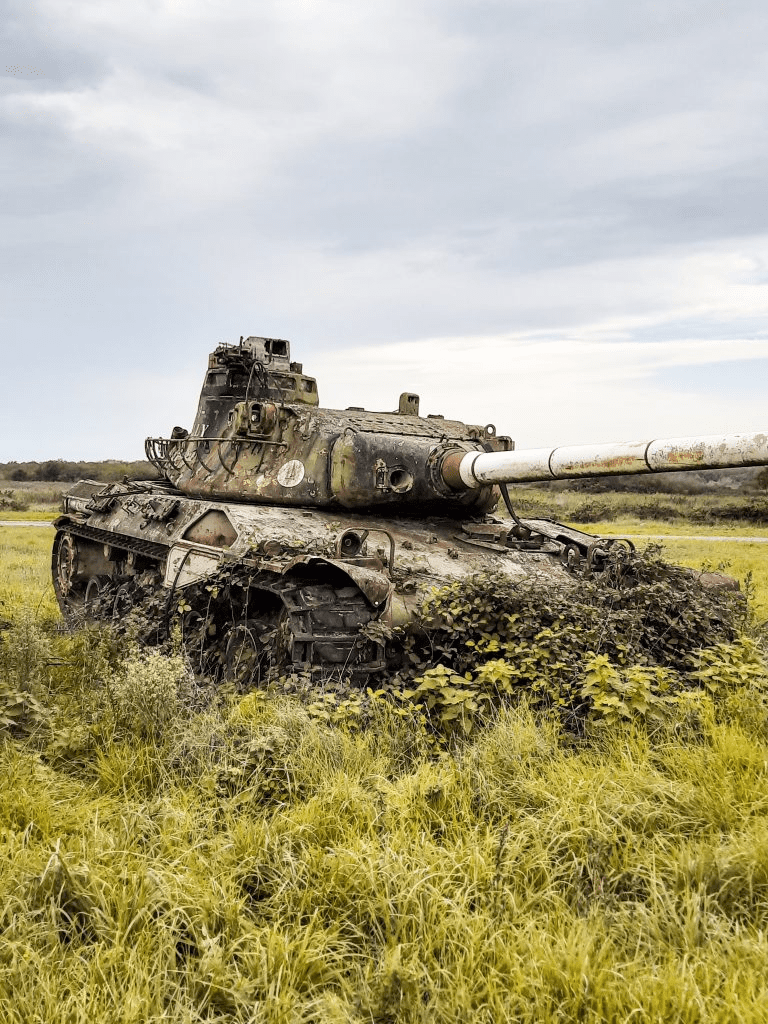
Explore the quiet remains of two battle tanks positioned on the edge of an active military training ground. These hulking steel giants, decommissioned yet imposing, invite you to wander their perimeter and examine turret details up close. Aim for visits outside scheduled exercises to ensure safety, keeping a respectful distance from marked boundaries. The stark contrast between rusted armor and open skies makes for powerful photography and a tangible lesson in modern warfare history.
We realize this isn’t one of the typical “lost places” like the others on our list, but we couldn’t keep it from you. Discovering a tank in such pristine condition amid a peaceful landscape is truly remarkable. Stand quietly beside it, and you can almost hear the echoes of its engine roaring to life—fortunately, those days are long behind us.
Have you stumbled upon an epic Lost Place that outshines our list? We’d love to see your find!
Your contribution could be featured in our next update—let’s uncover the hidden world and explore lost places together!
Disclaimer:
All information and photos on this website are provided for documentation purposes only. Many locations are on private property or may be dangerous to enter. Access may be strictly prohibited.
We do not encourage or invite anyone to enter these locations.
Anyone who chooses to visit these places does so entirely at their own risk and responsibility.
We’ve started rolling out multilingual support across UrbeXplorer!
Please note that location titles remain in their original language. The Community section and some other sections will remain in English for now.
This feature is still in beta, and we currently support German and Italian only. If you notice any translation issues, want to help us improve, or speak a language we don’t yet offer, feel free to reach out through the contact form.
Urbexplorer is made by explorers for explorers. Share your feedback and shape the future of our community and map!
To delete a place, please log in to your account.
If you’re new here, you’ll be able to unlock the map by submitting a location or supporting the project after creating an account.
If you’re having trouble, feel free to contact us.
To edit a place, please log in to your account.
If you’re new here, you’ll be able to unlock the map by submitting a location or supporting the project after creating an account.
If you’re having trouble, feel free to contact us.